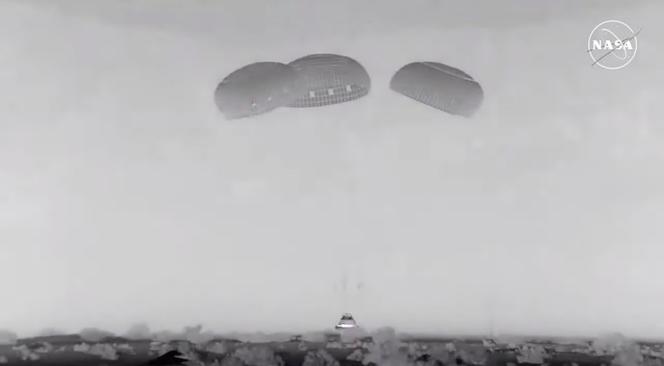


The first manned mission of Boeing's Starliner space capsule ended without passengers on the night of Friday, September 6. The spacecraft landed safely, with parachutes and airbags, in a New Mexico desert, a few hours after undocking from the International Space Station (ISS). But American astronauts Sunita Williams and Barry "Butch" Wilmore, who made the outbound leg of this qualification flight, were not on board for the return leg, for safety reasons.
The flight to the ISS in early June revealed a number of anomalies, including helium leaks and thruster failures. The two passengers, who were initially scheduled to stay no more than a week in the orbital station, had their stay extended as tests were carried out to assess the extent of the problem.
The US manufacturer thought it had modelled the thrusters to ensure a trouble-free return, but failed to convince NASA. On August 24, NASA announced that Starliner would be piloted remotely, while the two astronauts would remain aboard the ISS until February 2025, the time it takes to find a place for them in the astronaut rotations provided by Crew Dragon, the capsule from SpaceX, Boeing's rival.
There was "tension in the room" when this decision was made, admitted Steve Stich, head of NASA's Commercial Human Spaceflight program, at a press conference on Wednesday. The stakes were high: firstly, to ensure that the Starliner would not spin out of control and endanger the ISS on departure, and secondly, that it would not burn up in the upper atmosphere or bounce back uncontrollably, with fatal consequences for its occupants. And finally, that its final trajectory would pose no risk to earthlings.
Stich was the flight director when the Columbia shuttle exploded on February 1, 2003, killing all seven astronauts on board. He indicated that the US space agency was not as confident as Boeing in the simulations proposed by the manufacturer. NASA, which has an overall view of how the ISS works and the choreography of capsules that supply and serve it, accepted this decision, which was humiliating for the manufacturer. Its first astronauts saw their suits return without them on board the Starliner, and they will land wearing SpaceX's, as the two systems are not compatible.
Can Boeing console itself with the smooth return of the Starliner? The flight plan had been accelerated to move it away from the ISS as quickly as possible – first using springs, then a series of small pulses – to reduce the risk of collision in the event of loss of control. The separation and atmospheric sacrifice maneuvers for the service module, which provides part of the power and propulsion for the manned portion of the Starliner, went according to plan, as did the impulses to brake the craft and ensure its successful re-entry into the atmosphere.
You have 34.26% of this article left to read. The rest is for subscribers only.
